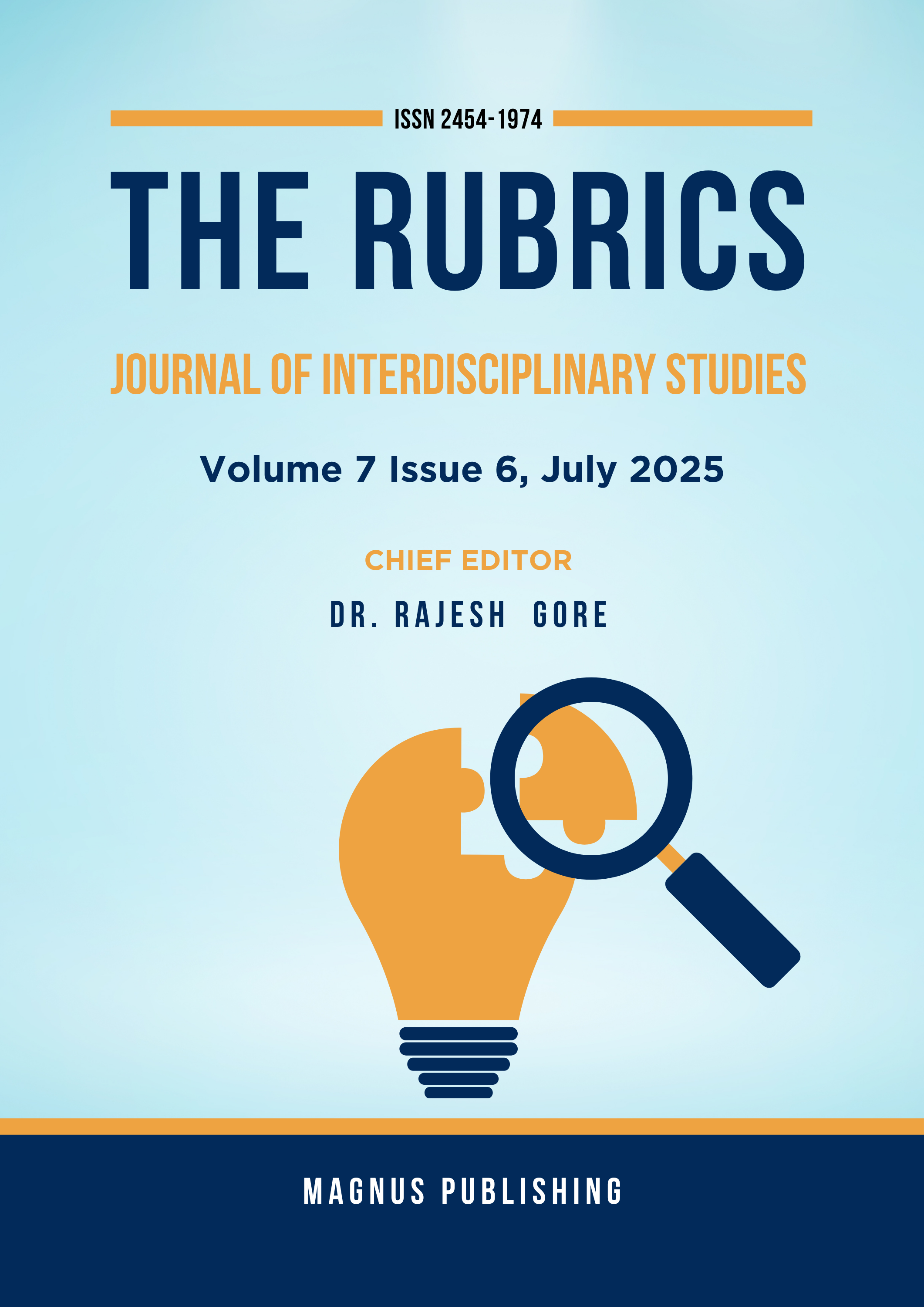Invisible Chains: Structural Violence as a Narrative Device in Aravind Adiga's The White Tiger
DOI:
https://doi.org/10.5281/zenodo.16519986Keywords:
structural violence, Aravind Adiga, The White Tiger, narrative technique, postcolonial studies, social inequalityAbstract
This article examines the deployment of structural violence as a narrative pivot in Aravind Adiga’s The White Tiger, which won the Booker Prize in 2008. Rooting the analysis in Johan Galtung’s seminal concept of structural violence, as refracted through Paul Farmer’s anthropological sensibility, the inquiry focuses on the interplay of narrative stratagems—chiefly the confessional first-person frame, the emblematic “Rooster Coop,” and a sarcastic humor—through which Adiga discerns the calibrated mechanisms of social marginality, political disenfranchisement, and economic extraction that delimit the trajectory of Balram Halwai. A meticulous reading of the text’s rhetorical choices, complemented by a scrutiny of character formation, reveals that the author unsettles orthodox portrayals of destitution and class antagonism by bringing to light the obdurate, if imperceptible, forms of violence sedimented in the nation’s postcolonial apparatus. The inquiry furthermore theorises that The White Tiger operates simultaneously as a literary achievement and a sociological record, interrogating hegemonic discourses of Indian economic ascendancy while foregrounding the structural impediments that renew the circuits of subjugation and insurgence.
Downloads
Downloads
Published
How to Cite
Issue
Section
License
Copyright (c) 2025 The Rubrics

This work is licensed under a Creative Commons Attribution 4.0 International License.





